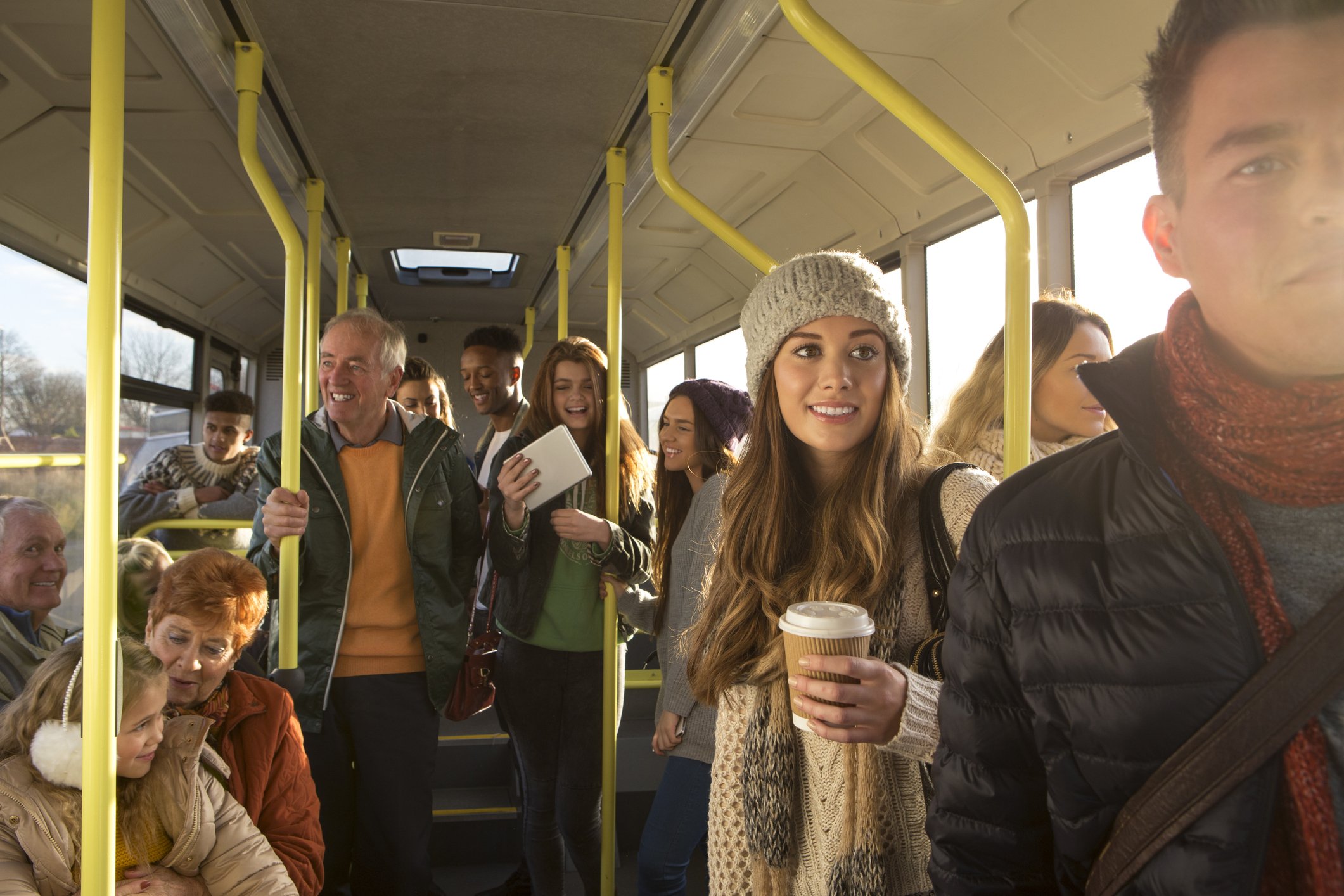Public Transport Is The Future Of Sustainable Transport In London
“More than 70% of air pollutants in London are generated from private cars”
Nudging Citizens To Choose Public Transport
According to the Smart Mobility Congress, a person who uses public transportation reduces their emissions by more than 4,800 lbs annually*, a figure that will increase as more low emission options are added to the public transport mobility mix.
Back in November 2019, the UN announced that the outlook for the environment was 'bleak' as the carbon emissions gap continues to grow. This means that to avoid global warming by more than 1.5C countries need to increase their carbon-cutting ambitions fivefold. But even if all current promises are met, warming will still more than double the 1.5C target by 2100.
The UN Environmental Programme (UNEP) concurrently published its report on how well countries are doing in cutting greenhouse pollutants. Its summary is that rather than decreasing, emissions have increased by 1.5% per year over the last decade.
And we're mainly to blame. The G20 (the richest 20 countries in the world) are responsible for 78% of all emissions, but to date only the EU, the UK, Italy and France have committed to net-zero targets.
Of course, achieving net-zero is not down to a single behaviour, market or vertical but requires full-blown societal change. However, using London as an example, more than 70% of air pollutants are generated from private cars.
The London Plan, 'Healthy Streets' and the expanding ULEZ strategy demonstrate a forceful commitment to improving air quality. Nudging the required behavioural changes for citizens, developers and businesses, to encourage greater use of public transport, walking and cycling.
One of the challenges to successful behavioural change is increasing awareness of local public transport options; real-time availability, delays and route changes alongside demonstrating to travellers the positive effect their actions are having on the environment.
Smartphones may seem the obvious answer for real-time information, but according to Smart City Expo, only 18% of smartphone users** around the world have downloaded or access a transport planning app. Meaning a substantial awareness gap exists, particularly in several key demographic groups.
Equally, in an increasingly connected society, the use of static, printed information, such as wayfinding totems, is no longer sufficient. People increasingly expect access to real-time information as they pass through the built environment.
A Service Status digital sign offers a low-cost, low-footprint solution to the challenge of increasing awareness of local public transport and demonstrates how easy and convenient the choice of public transport is.
Notes
*The news item does not identify the usage levels required that this figure equates to**This is global penetration, individual cities will obviously vary.
***All content reflects only the thoughts of the Digital Signs For Transport T/A PassageWay team.


